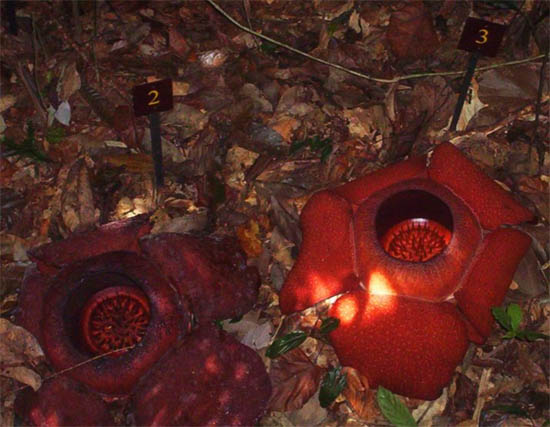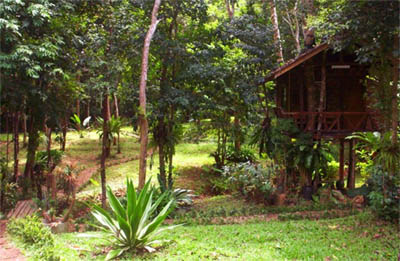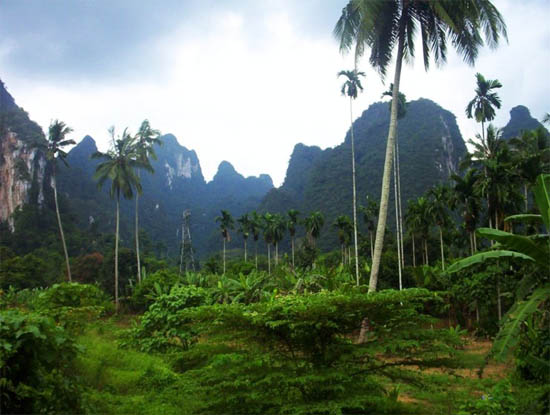Khao Sok, Photo by Hal Amen
SOMEWHERE BETWEEN THE THICK, smoggy excitement of Bangkok and the extravagant white-sand brilliance of the Andaman Coast hide the remnants of one of the world’s oldest rainforests.
Since 1980, Khao Sok National Park has guarded 739 square kilometers of this unique environment, doggedly proving that Southern Thailand is more than beach bungalows and full moon parties.




